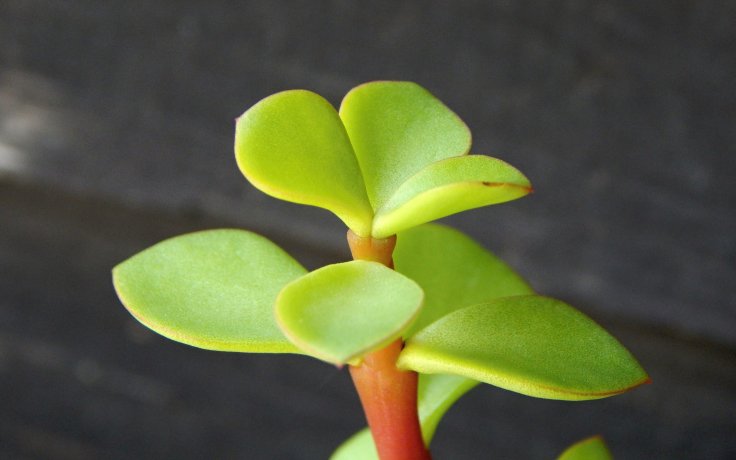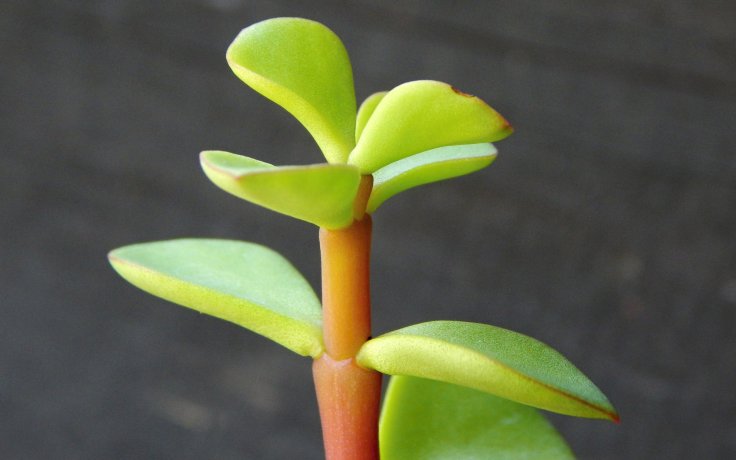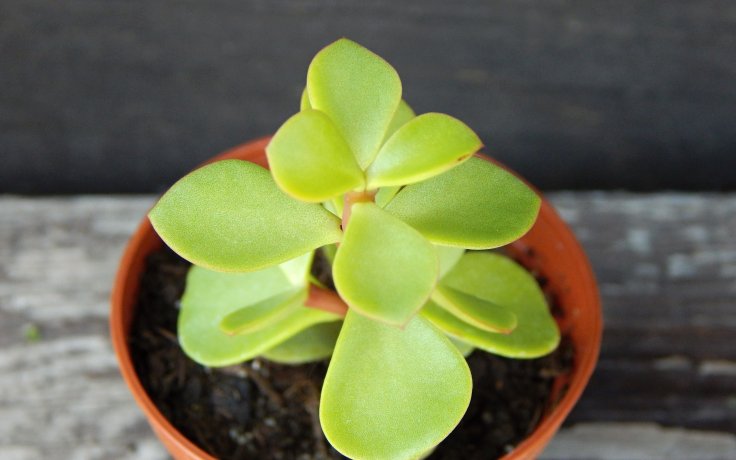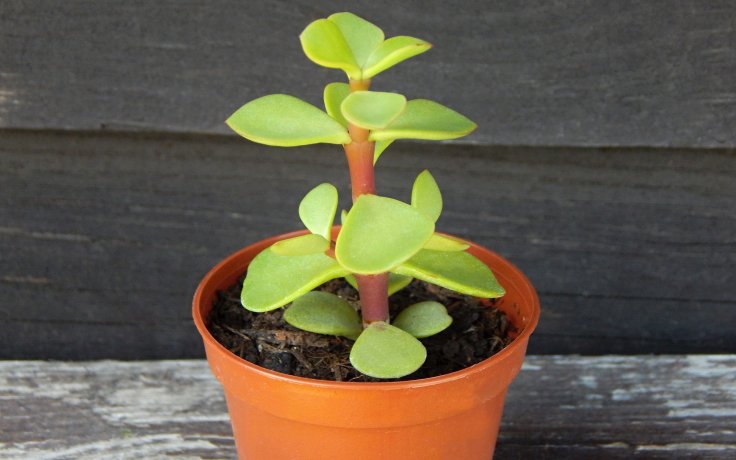- Home
- Succulents
- Portulacaria
- Portulacaria afra





Portulacaria afra
Likes sun, can tolerate partial shade.
Always water a few days after the substrate has dried out. In winter, limit watering.
It can tolerate -3.9 °C in the short term. However, the plant is not hardy.
This plant makes up to 80% of the diet of some wild elephants in the wild. They nibble on the plant and the broken branches allow the plant to reproduce.
Portulacaria afra, also known as African Portulacaria, got its epithet "afra" referring to its place of origin - Africa. This succulent is also nicknamed Elephant Bush because of its symbiotic relationship with elephants, for whom it forms up to 80% of their food. When they consume it, they break off branches which later take root and grow into new plants.
In its natural habitat, Portulacaria afra can grow up to 3 metres tall, but in our climate it rarely grows to such a size. It grows in warm places on rocky outcrops and slopes.
This succulent has glossy green, opposite leaves and reddish-purple to reddish-brown stems. In the wild it produces small pink to purplish flowers in dense clusters, but it is very rare in our area. This succulent forms a branching, succulent shrub or small tree. During long periods of drought it reacts by shriveling its leaves and dropping them. This porkbush can be shaped and pruned, and even used with wire to create a bonsai to your own liking. It is also often used as a rootstock for grafting.
It is often confused with Crassula ovata because it resembles it in many ways. The plant is non-toxic and has edible leaves with a rich vitamin C content and a pleasant sour taste. It is therefore also suitable for terrariums, for example with reptiles. This plant is well known not only among growers but also among the general public, as it is a very typical succulent.